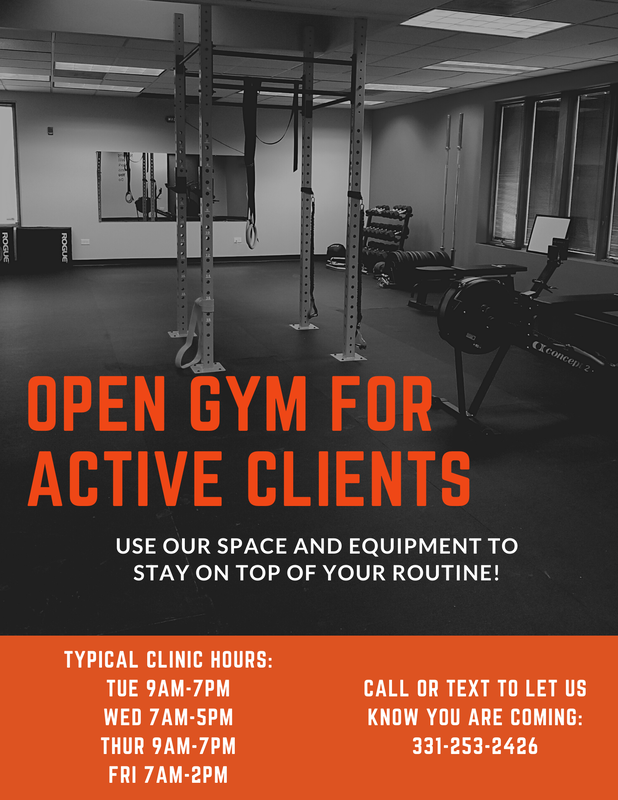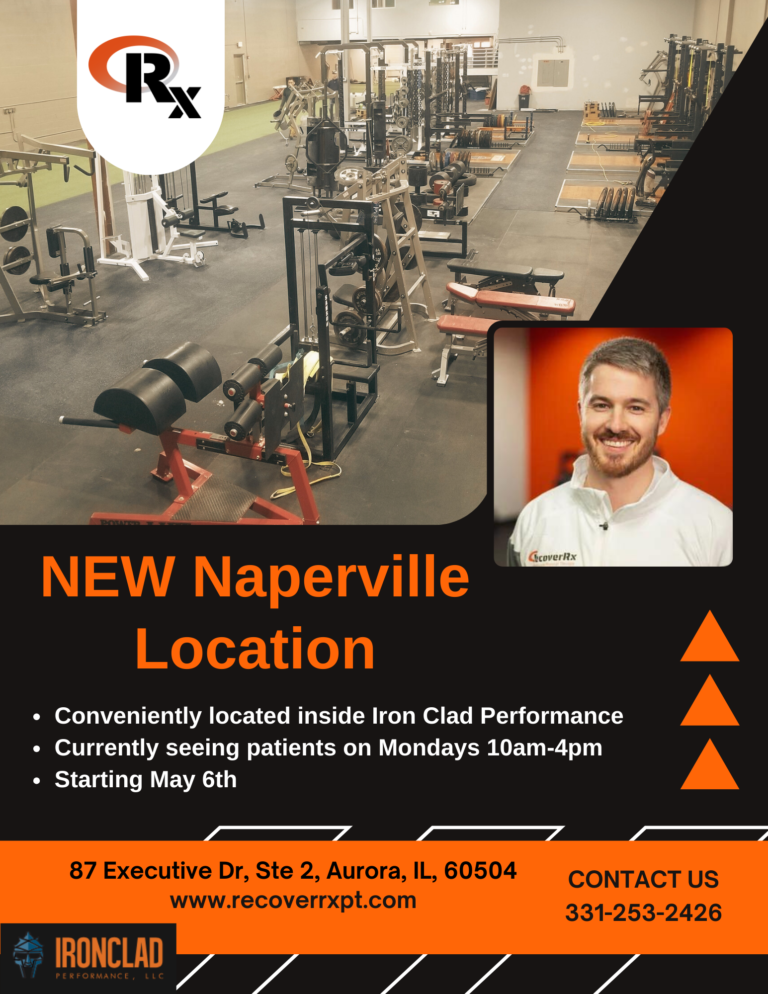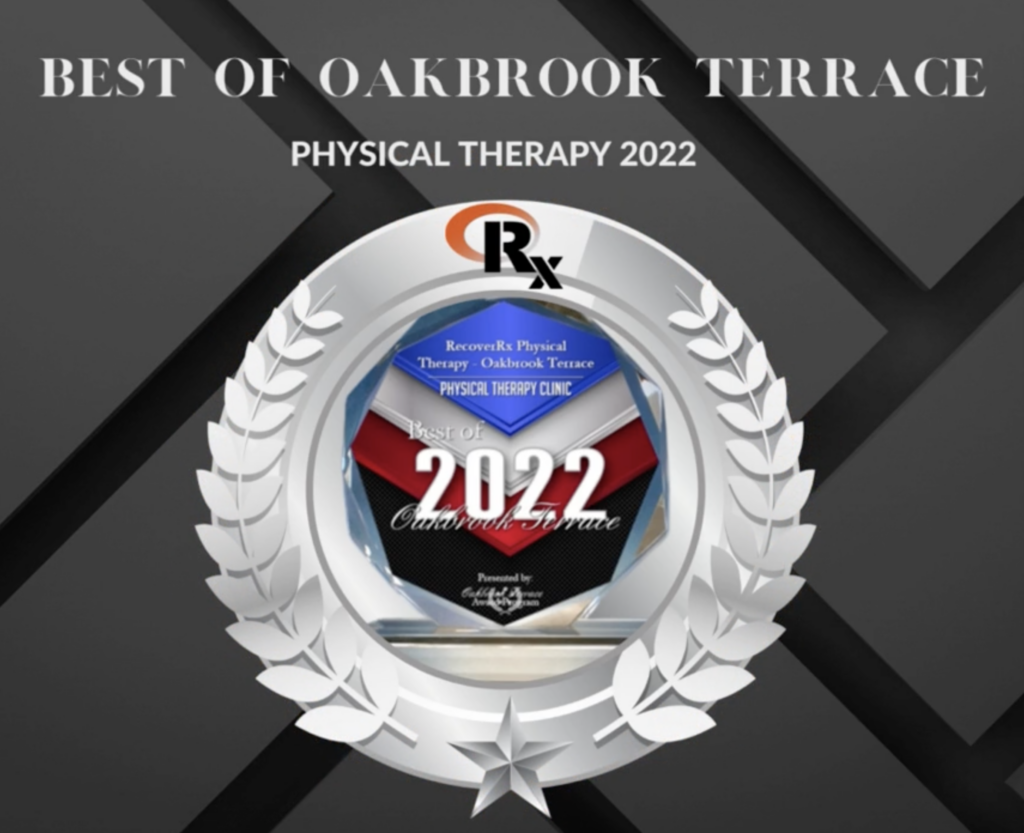RecoverRx Performance and Recovery Blog
This blog is dedicated to all things from recovery to performance. Our industry expert Physical Therapists provide evidence based information and opinions educating our readers on how to optimize their health in order to be able to overcome injuries and live the life they were meant to live!

Effective Frozen Shoulder Exercises for Pain Relief
Introduction Living with a frozen shoulder can be frustrating. The stiffness and pain can significantly limit your daily activities. But there’s good news! Frozen shoulder

How Concussion Therapy is Revolutionizing Patient Recovery
Introduction Concussions, or mild traumatic brain injuries, are a pressing issue not only in sports but in any scenario prone to falls or physical abuse,

The Ultimate Guide to Running Shoes: Finding Your Perfect Pair
Running is one of the few sports that requires only 1 piece of equipment: a good pair of shoes. Sure, we can (and probably do)

Best Exercises for Diastasis Recti: Empowering Women’s Health
Introduction Diastasis recti, a common condition affecting the abdominal muscles, primarily occurs when the rectus abdominis muscles separate during and following pregnancy. This separation

Hormones and Exercise: Unraveling the Endocrine Responses to Physical Activity
Introduction In the realm of health and fitness, the complex relationship between hormones and exercise plays a big role in shaping the body’s response

Swing Trouble? Is Golfer’s Elbow Ruining Your Golf Game?
Introduction: Golf is hard enough as it is. You shouldn’t also have to deal with aches and pains specifically in the elbow. As golf

Understanding Rotator Cuff Pain: Recognizing the Telltale Symptoms
Introduction: We’ve written about the shoulder many times on our site but rarely have given the basic information regarding rotator cuff pain. Of course this

Guide to Manage Golf Shoulder Pain: Treatment & Prevention
Introduction Golf, a game of precision and skill, can sometimes come with an unexpected downside: golf shoulder pain. In this article, we’ll delve into the

Embracing the Chill: The Importance of Staying Active During Winter
Introduction: As the cold weather hits, it is sometimes tempting to hibernate indoors, wrapped in a blanket and drinking hot cocoa, however, staying active during

How to Prevent Knee Pain While Running
Introduction Engaging in running is an excellent means to maintain fitness and well-being. However, for numerous individuals, the enjoyment of this activity is overshadowed by

Unraveling the Difference Between Sports Physical Therapy and Regular Physical Therapy.
Many times as a patient and consumer, there are questions that need to be answered around the difference between two similar products. In the outpatient

Game-Changer: Why Every Athlete Should Partner with a Sports Physical Therapist
In the dynamic world of both youth sports and the ever growing popularity of adult sports, the pursuit of peak performance and resilience against injuries



